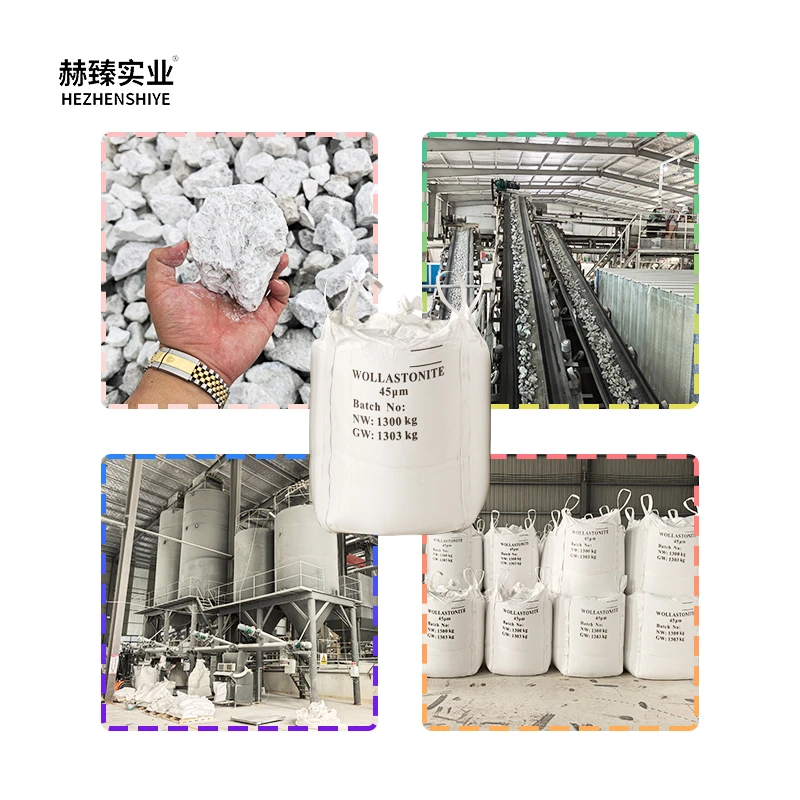Army Day Celebrating Century of Courage Dedication Evolution of People Liberation Army From Founding to Modernization Global Security Contributions
2025.08.01
August 1st marks a significant milestone in modern Chinese history—the anniversary of the founding of the People’s Liberation Army (PLA). This day, known as 8.1 Army Day, is more than a celebration of military might; it is a tribute to a century of courage, unwavering dedication, and remarkable evolution. From its humble beginnings in 1927 to its current status as a modern, technologically advanced force, the PLA has undergone profound transformations while remaining steadfast in its commitment to protecting national sovereignty, maintaining domestic stability, and contributing to global security.
The roots of 8.1 Army Day lie in the Nanchang Uprising, a pivotal event in 1927 that marked the first organized armed resistance by the Communist Party of China against reactionary forces. This uprising laid the foundation for the creation of a people’s army, one that would later be formally named the People’s Liberation Army. In its early years, the PLA faced immense challenges, from guerrilla warfare against much stronger opponents to the arduous Long March, a strategic retreat that tested the limits of endurance and solidarity. These formative experiences forged a core spirit of resilience, selflessness, and loyalty to the people—values that remain central to the PLA’s identity today.
Over the decades, the PLA has evolved from a primarily infantry-based force into a comprehensive military with advanced capabilities across land, sea, air, space, and cyberspace. This modernization drive has been fueled by technological innovation, strategic foresight, and a commitment to adapting to global security dynamics. In the 1980s and 1990s, the focus shifted toward reducing troop numbers while enhancing combat effectiveness, with investments in new weaponry, communication systems, and training methodologies. The 21st century has seen further advancements, including the development of stealth fighters, aircraft carriers, and precision-guided missiles, positioning the PLA as a force capable of addressing diverse security threats.
One of the most notable aspects of the PLA’s evolution is its expanding role in global security. Beyond safeguarding national borders, the PLA has actively participated in United Nations peacekeeping missions, deploying troops to conflict zones in Africa, the Middle East, and elsewhere. These peacekeepers have built roads, provided medical assistance, and helped maintain stability, earning respect for their professionalism and dedication to international peace. Additionally, the PLA has contributed to counter-piracy operations in the Gulf of Aden, protecting merchant ships from maritime threats and ensuring the safety of global trade routes.
Domestically, the PLA has played a crucial role in disaster relief efforts, demonstrating its commitment to serving the people in times of crisis. From earthquakes and floods to typhoons and pandemics, PLA personnel have been among the first responders, providing rescue services, delivering supplies, and helping rebuild communities. Their rapid deployment and coordinated efforts have saved countless lives and underscored the army’s role as a pillar of national resilience.
The celebration of 8.1 Army Day also serves as an opportunity to honor the men and women who serve in the PLA. Their daily sacrifices—from grueling training exercises to extended deployments away from family—are a testament to their dedication to duty. The army’s emphasis on education and professional development ensures that its personnel are not only skilled in combat but also equipped with the knowledge to contribute to national development in peacetime. Many veterans transition into civilian roles, bringing with them discipline, leadership, and a strong work ethic that benefits various sectors of society.
In recent years, the PLA has also focused on enhancing military-civil integration, leveraging defense technology to drive innovation in civilian industries. This integration has led to advancements in areas such as aerospace, telecommunications, and medical science, creating a mutually beneficial relationship between national defense and economic development. Such initiatives reflect the PLA’s role not just as a military force but as a contributor to overall national progress.
Looking to the future, the PLA faces new challenges, from evolving cyber threats to environmental security issues. Its ability to adapt and innovate will be crucial in addressing these challenges while upholding its commitment to peace and stability. The principles of defensive defense and no-first-use of nuclear weapons remain cornerstones of China’s military strategy, emphasizing the PLA’s role as a force for peace rather than aggression.
As we celebrate 8.1 Army Day, we recognize not just the strength of a modern military but the spirit of a nation. The PLA’s journey from its founding to today is a story of perseverance, adaptation, and service—a story that continues to unfold as it contributes to a safer, more stable world. It is a day to honor the past, acknowledge the present, and look forward to a future where the values of courage, dedication, and peace remain at the forefront of military service.











